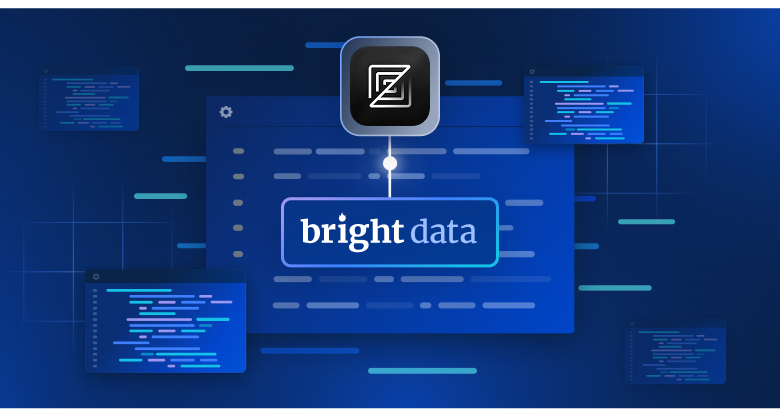In this post we will discuss:
- What is an SSL proxy?
- How do SSL proxies work?
- Types of SSL proxies
- What are the benefits of an SSL proxy?
- What can SSL proxies be used for? Examples and use cases
What is an SSL proxy?
SSL or Secure Sockets Layer, is a protocol at the application level aimed at supplying internet-based encryption services. An SSL proxy functions for data almost like a Brinks truck operates for cash – its main purpose is to ensure the safe delivery of data from client to server. It does this by leveraging ‘certificates’ as well as ‘private-public key exchange pairs’ effectively facilitating data encryption/decryption.
How do SSL proxies work?
There are two main actors in every internet connection scenario: ‘the client’, and ‘the server’
An SSL proxy steps in as a sort of intermediary, working in tandem with SRX series devices (i.e., next-gen firewalls that help protect digital corporate assets) to enforce security policies for incoming traffic. Once traffic matches SRX security policies, SSL proxies are activated as an ‘application service’ within the context of the policy in question.
This sets a series of actions into motion that the SSL proxy alongside the SRX Series device carry out:
- Outgoing external-side data is encrypted and transmitted as ciphertext to the target SSL server.
- Incoming traffic is decrypted, performing a thorough inspection to ensure that there are no malicious ‘attacks’ hiding beneath the surface. The client-end SSL connection is terminated while a client-side connection to the target server is established.

Types of SSL proxies
There are two main SSL proxy archetypes:
- The first type is aimed at protecting the client-side and is also known as a ‘forward SSL proxy’. It is referred to as such because, like a ‘forward proxy’ this variety of SSL proxy is situated as a buffer between the outer server and the internal client. It follows that its main function is decrypting/inspecting outbound traffic headed to the outer web.
- The second type is more of a ‘reverse proxy’ in nature, that is because it serves as a buffer for inbound traffic from data traveling from the World Wide Web to an internal/localized server. This SSL proxy can be conceptualized as serving as a sort of outer skin, filtering out potentially harmful data packages.
What are the benefits of an SSL proxy?
Here are the four major benefits of utilizing SSL proxies:
#1: Ultimate encryption
SSL certificates employ end-to-end encryption, essentially deeming ‘data leaks’ / ‘data interceptions’ en route to destinations meaningless, as this information cannot be read by parties not in possession of the right ‘keys’.
#2: Added anonymity
Since SSL proxies serve as an additional step in the data transfer and encryption/decryption processes, they further distance ‘clients’ from ‘servers’, and vice-versa. This structure, in and of itself, sets SSL proxies a step ahead of HTTP and HTTPS protocols as far as anonymity is concerned. These capabilities are similar to those accomplished by anonymous proxies.
#3: Increased control
As opposed to other protocols, SSL proxies enable an increased level of customized security controls. Specific security policies can be defined at the SRX Series Device level and enforced at the SSL proxy level.
#4: Better Visibility
When embedded traffic ‘lands’ on server-side territory, it can contain malicious attacks that can then be detonated. Game over. SSL proxies serve as a kind of ‘sand field’ where potential ‘bombs’ can be identified and detonated before entering more ‘delicate territory’.
What can SSL proxies be used for? Examples and use cases
SSL has many possible applications which is why many companies opt for buying proxies. Here are some popular use cases to ignite your imagination about what is possible to achieve utilizing SSL technology:
One: Financial data transfer
Hedge Funds, Venture Capitalists, and investment funds are all generating and collecting unique data points in order to attain an informational advantage. This may be a correlated insight combining multiple data sets, such as internal corporate behaviors coupled with social sentiment data about a particular security. When party A wants to transfer these datasets to party B, who they are collaborating with, they want to ensure that this information is not intercepted by competing factions. This would harm their informational advantage, harm their preemptive initial position, and ultimately negatively skew their bottom line. End-to-end SSL proxy encryption can provide financial institutions massive value in this context.
Two: Preventative cybersecurity
Red teams looking to prepare digital defenses for the next ‘doomsday occurrence’ can utilize SSL proxies to physically protect systems but also as a tool to:
- Use SSL proxies’ sophisticated capabilities to emulate potential real-world cyber threats/attacks in order to help drive system/algorithm preparedness.
- Increase network segmentation, ensuring that mission-crucial assets are sitting behind SSL-SRX series devices’ protective walls.
Three: Blockchain Islands
Blockchain technology has many applications, such as serving as the basis for Non-Fungible Tokens (NFTs) and creating ecosystems that help register ownership of digitized items. Despite the intricacies of the underlying technology, new blockchain-based mediums may be well served to communicate with the outer web vis-a-vis an SSL proxy. This will add an extra layer of protection against:
- Entities looking to dive deep into source codes and other assets for the purposes of counterfeiting.
- Aggressive competition or for the sake of internal destruction.
The bottom line
SSL proxies provide clear value for businesses that want an additional layer of protection between their high-value digital assets and the outer web. For companies that want to unleash the power of SSL proxies, Bright Data’s Residential Network offers the same level of operational security and privacy.







